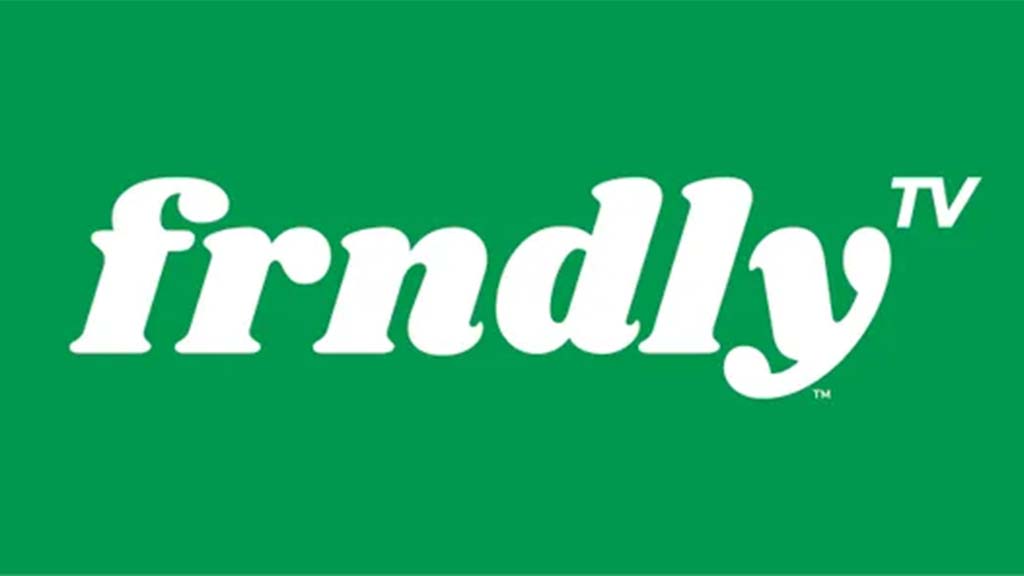Consumer Federation of America says public use of unlicensed spectrum removes barriers to wireless communication
During a speech at the SuperWiFi Conference in Miami, the director of research at the Consumer Federation of America said allowing the public to use radio spectrum with having a license removes barriers to ubiquitous wireless communications.
“Correcting a 100-year old public policy mistake unleashed a torrent of entrepreneurial activity, innovation and investment,” said the CFA’s Mark Cooper. “My analysis shows that by every measure of economic performance—device shipments, users, usage, efficiency, value and innovation—the unlicensed model has equaled or exceeded the exclusive licensed model in the past decade.”
Cooper, in a speech hosted by the Wireless Innovation Alliance (WIA) and the White Space Alliance (WSA), said without access to unlicensed spectrum, wireless broadband service would be much more costly and far less valuable. “Consumers would buy less of it resulting in fewer jobs and less tax revenue,” he said.
By the end of 2010, he noted, there were thousands more devices certified for use in the unlicensed spectrum than in licensed spectrum. The number of users of unlicensed spectrum in the United States exceeded the number of users of exclusive licensed spectrum for broadband data purposes by 30 percent.
Cellular broadband providers offloaded over one-third of their traffic into the unlicensed spectrum, with the expectation that that figure would grow dramatically. Avoiding the construction of over 100,000 cell sites, they avoided incurring annual capital and operating costs of over $25 billion. Instead the initial hop to the Internet was provided by WiFi networks at less than one-tenth the cost.
Counting standards, network technologies, devices and applications, Cooper said he found substantially more innovation in the unlicensed space than the exclusive licensed.
“The unlicensed model succeeded because it is not free but allowed entrepreneurs to invest in products and services that people value,” he said.
Get the TV Tech Newsletter
The professional video industry's #1 source for news, trends and product and tech information. Sign up below.
The unlicensed model succeeded, he said, because removing the spectrum barrier to entry decentralized decision making, deconcentrated investment, promoted an end-user focus, allowed user innovation and lowered transaction costs.
Ironically, Cooper said, the FCC has never studied his results in detail. “Without a proper appreciation for the vital importance of unlicensed to the success of wireless broadband communications, some policy makers are proposing a short-sighted spectrum policy that would strangle the future growth of the unlicensed model, by refusing to set aside additional spectrum for unlicensed use,” he said. “This would be a huge mistake.”
Cooper called on Congress to continue to put the “public” back in the public airwaves and promote the mutually beneficial and complementary relationship between the licensed and unlicensed models. “It should ensure that the TV white spaces are made available for shared use and that the unlicensed model receives no less than one-sixth of any future high quality spectrum (between 500 MHz and 1 GHz) that is cleared by relocating TV broadcasters,” he said. “The FCC should be authorized to make as much as one-quarter of any clear TV spectrum available for unlicensed use if that is proven to be in the public interest.”
Also speaking at the conference was Sen. Jerry Moran (R-Kansas), who challenged members of Congress who want to force the FCC to auction off all spectrum rather than set some aside for unlicensed use.
“I believe this view is misguided and that America would miss an incredible opportunity to enable innovation on unlicensed bands,” he said.
